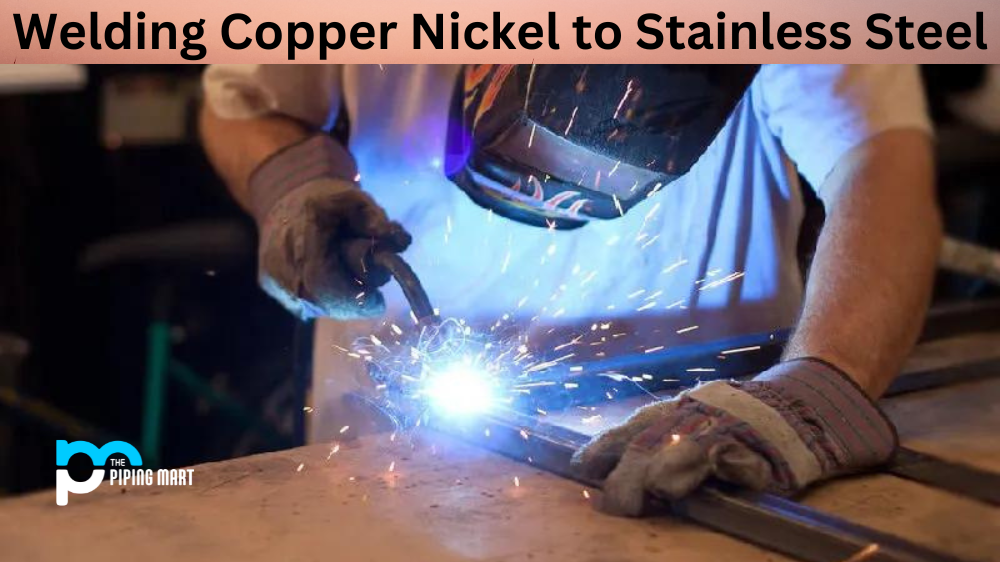Joining copper, nickel, and stainless steel is a common practice in the metalworking industry, especially when creating products that need to be resistant to corrosion. This process requires specific welding techniques and safety precautions, so welders of all levels of experience must understand the process of welding copper-nickel to stainless steel.
Welding Process
The first step in welding copper-nickel to stainless steel is determining which welding process will provide the best results. MIG (metal inert gas) and TIG (tungsten inert gas) are the most commonly used processes. Both processes use a shielding gas such as argon or helium and an electrode made from tungsten or carbon steel. The choice between MIG and TIG depends on factors such as the thickness of the metals being joined, the desired weld strength, and available equipment.
- The first step in welding copper-nickel to stainless steel is to clean the surfaces of the metals that will be joined. This can be done with a wire brush or sandpaper.
- Next, the welder will set up the equipment needed for the welding process. This includes a power source, welding torch, and safety gear.
- Once the equipment is set up, the welder will begin heating the metals to be joined. The welder will slowly move the torch over the surface of the metal, applying heat until the metal is molten.
- Once the metal is molten, the welder will apply pressure to join the two pieces together. The welder will cool the joint by moving the torch away.
- Finally, the welder will inspect the joint to ensure that it is strong and free of defects.
Safety Considerations
Welding copper, nickel, and stainless steel can produce hazardous fumes that must be carefully managed through ventilation systems or personal protective equipment (PPE). Also, it’s essential to ensure that both metals are properly prepped before welding by removing contaminants from their surfaces. This can be done through grinding or sandblasting, for example. In addition, welders should always wear adequate PPE, such as gloves, face shields, and long-sleeved shirts, when performing this type of work.
Preparation Techniques
The next step in welding copper-nickel to stainless steel is preparing the joint area for welding by ensuring a good fit between both pieces of metal. This may include cleaning out any gaps with a chisel or file before clamping them together tightly. It’s also important to ensure that both pieces are free from dirt, oil, paint, and rust before welding them together. Finally, if possible, it’s recommended that you use backing strips underneath the joint during welding to reduce distortion caused by heat buildup during the welding process.
Conclusion:
Welding copper, nickel, and stainless steel require specialized techniques and safety considerations to complete successfully. It’s important for workers involved with this process to understand how each type of metal responds differently when exposed to heat to develop an effective plan for securely joining these two materials without compromising their integrity. By following these steps correctly, welders can create strong joints between copper-nickel and stainless steel components quickly and safely every time!

Abhishek is a seasoned blogger and industry expert, sharing his insights and knowledge on various topics. With his research, Abhishek offers valuable insights and tips for professionals and enthusiasts. Follow him for expert advice on the latest trends and developments in the metal industry.




